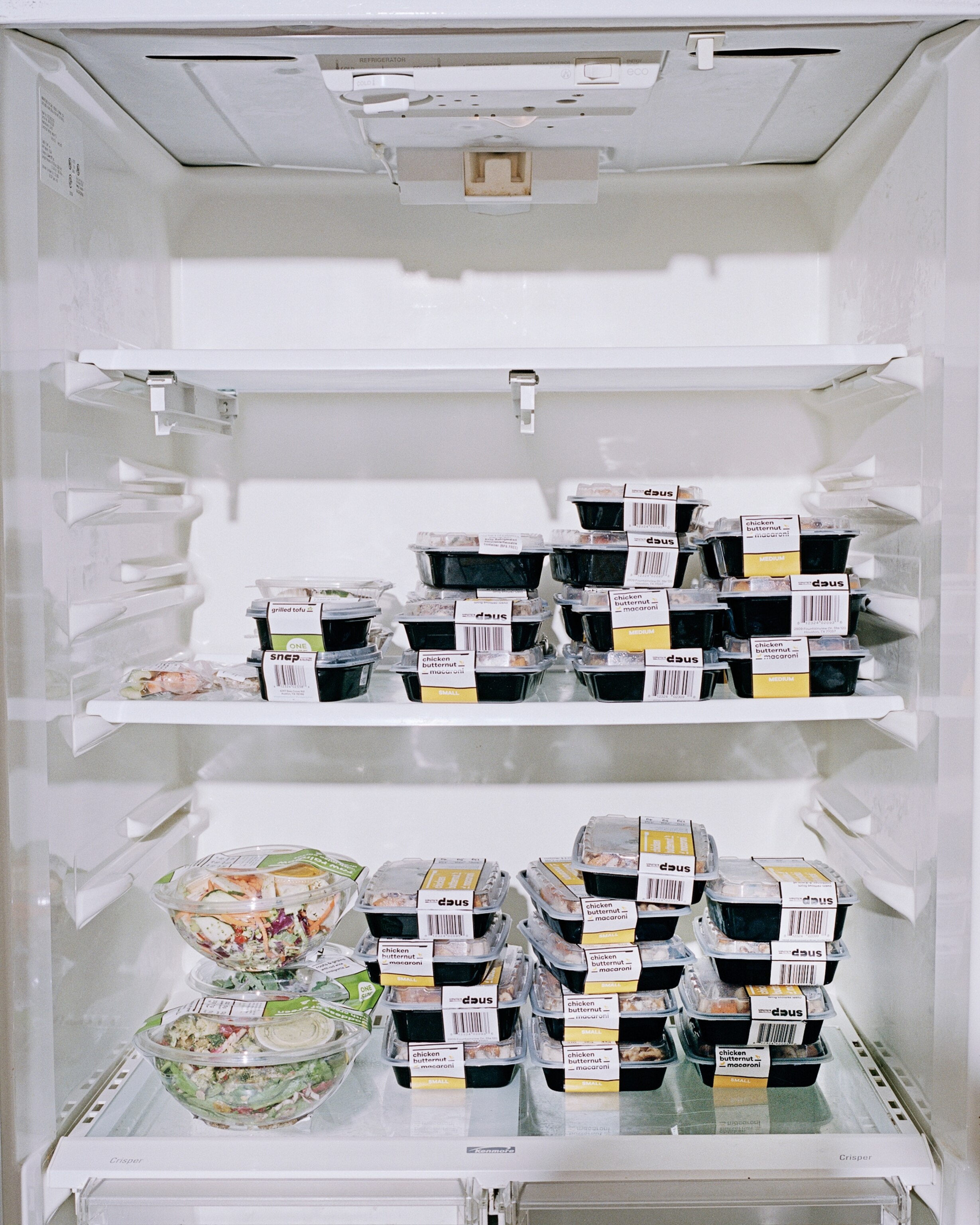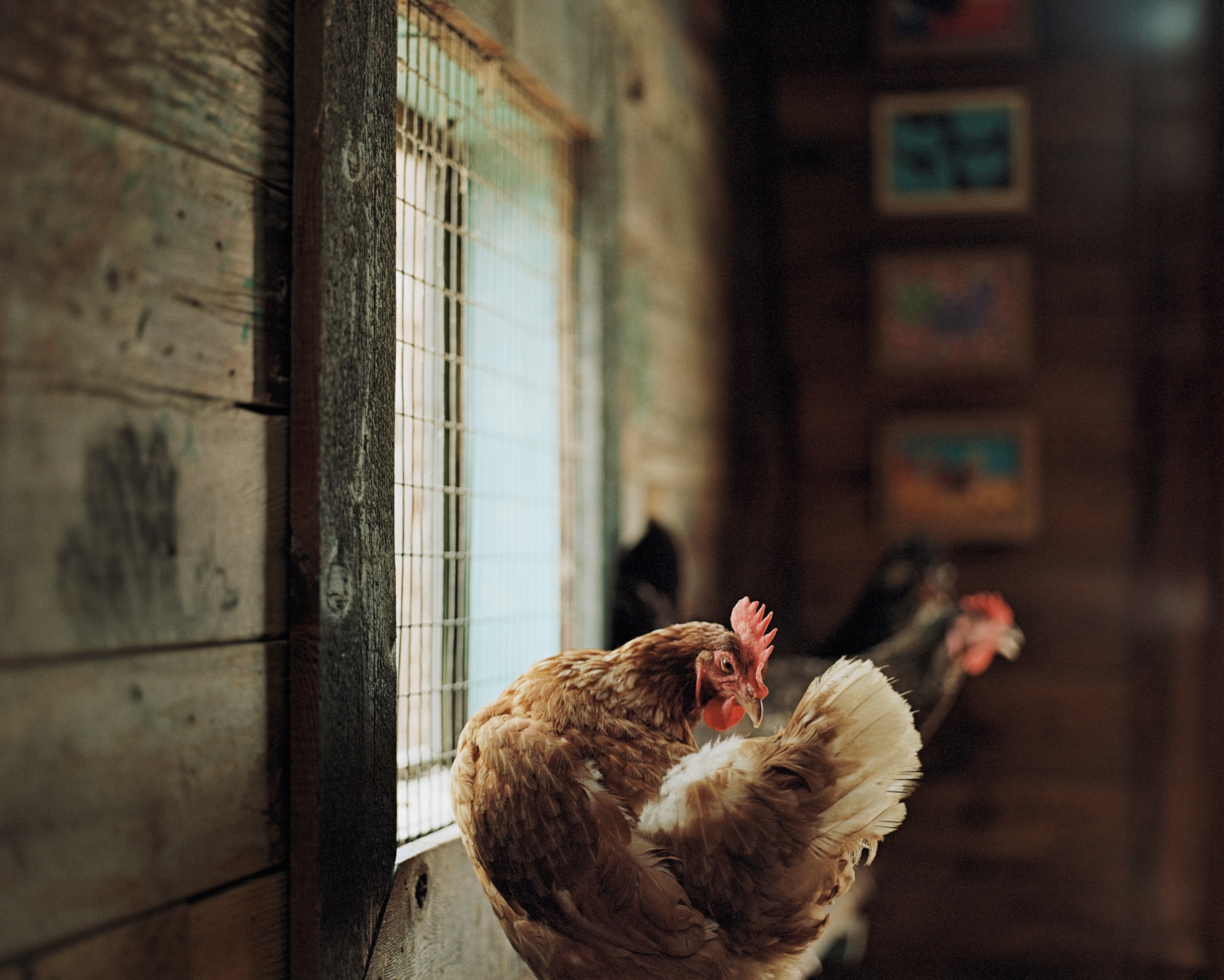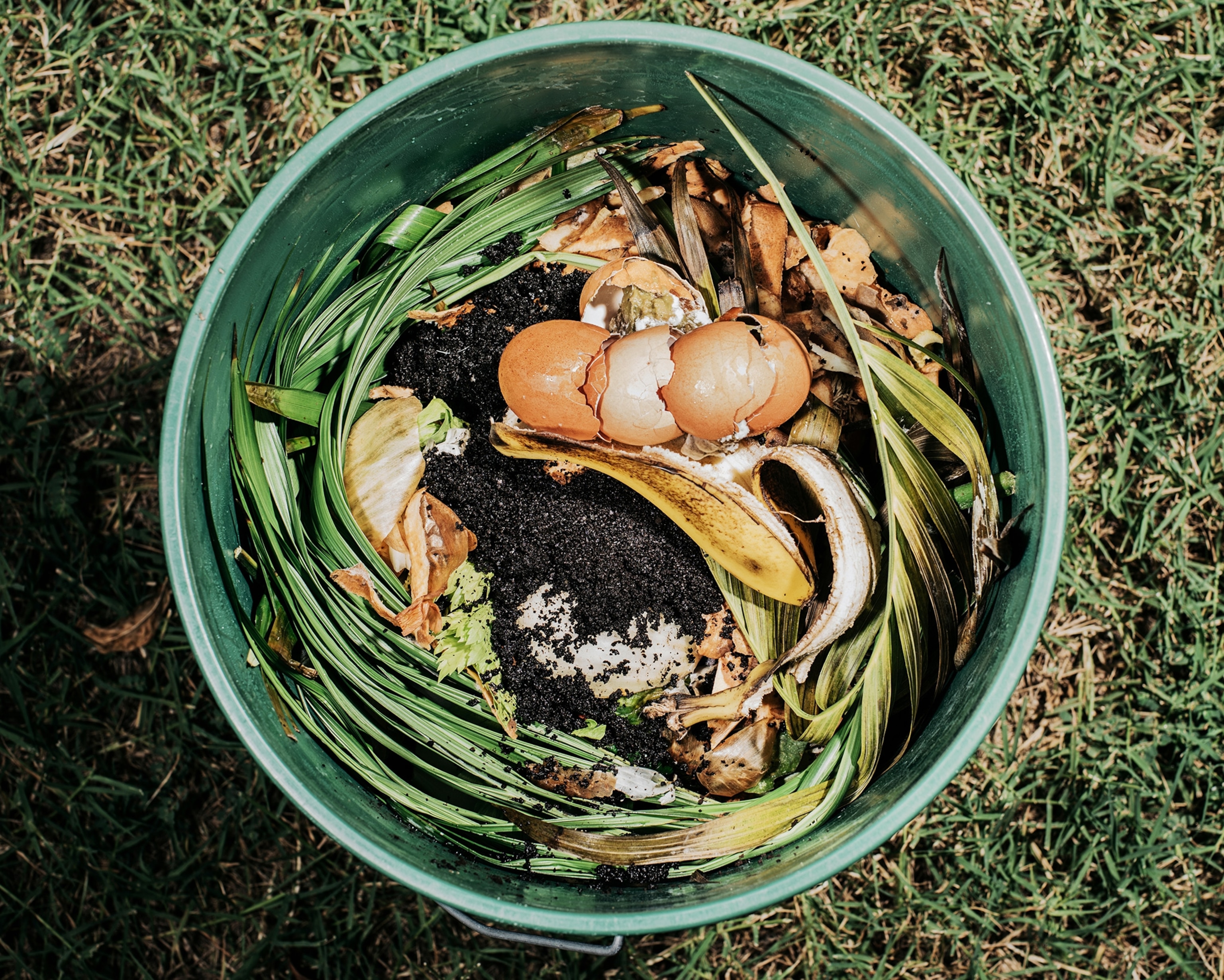
Surprising Ways to Solve Food Waste
Whole Foods, 24,000 chickens, and a cyclist—they’re all players in Austin’s plan to tackle a global issue.
Austin residents and businesses are pitching in to put their leftovers to good use. And there are plenty to go around: Austin annually wastes more than 190 million pounds of food, worth at least $200 million.
Those numbers are big, but they’re not out of line with national trends—some 40 percent of food in the nation goes to waste. Put in plain terms, that’s enough to fill a 90,000-seat stadium each day. (Read about how food waste adds up.)
Austin is aiming for “zero waste”—a 90 percent reduction of materials sent to landfills and incinerators—by 2040, a goal set by a handful of other U.S. cities.
As part of that initiative, a new ordinance requires large-scale restaurants, grocery stores, and hotels to divert their organic waste from landfills. Business must now find a use for food waste, or risk fines. (Smaller food-service companies would need to comply by October 2018.)
“When we pay to bring food into the city, then pay again to dispose of our food waste, we pay twice,” says Robert Young, a University of Texas at Austin professor and recycling expert. “Instead of a win-win, it’s a lose-lose.”
For many, the answer is in donation. Austin City Limits, one of the city’s signature festivals, gives all leftover food to the Central Texas Food Bank. Of the 38 million pounds the food bank distributed last year, more than half was “rescued” from being wasted. This year the festival contributed over 300 pounds of meat, 800 pounds of produce, and 1,300 pounds of breads and pastries.
At the other end of the spectrum, a solution can even involve the minutiae of a knife: Grocer Whole Foods, headquartered in Austin, cuts fish so that it can use the extra parts in soup.
Both fall within what experts call the “hierarchy” of food waste disposal, from the most preferred method (reduce the volume of food generated) to the least preferred (landfill or incineration). Here’s how Austin is handling the levels in-between.

Best practice: Buy less in the first place.
Businesses and households alike struggle with buying the right amount of food. Austin start-up Full Fridge, a fledgling meal-delivery service, tackles this problem on two fronts: “Full Fridge came about because, basically, we were seeing a lot of people not knowing how to cook,” says co-founder Mokshika Sharma. In her own household, she and her roommates would buy groceries, then not know what to do with them, and end up discarding a lot, an issue that plagues many busy students and professionals. Her business hopes to end that problem by providing ready-made meals for only five dollars each. Sharma and her partners also minimize waste by stopping sales two days before delivery, so the chef and shopper can plan precisely. “When we cook food, we make sure we only buy ingredients for the amount of customers that we have,” she says.
Chef Jesse Griffiths of Dai Due curbs food waste at the outset by purchasing food more conservatively and using more animal and plant parts than other restaurants might. And he doesn’t mind changing the menu multiple times during a single dinner service to reflect sold-out items. (Read about this Bon Appétit-awarded chef and his philosophy of food.)


Next best: Use leftover food to feed hungry people.
It isn’t easy to connect people who have too much food with those who don’t have enough—about 18% of the population in Austin’s Travis County. But that’s the mission of Keep Austin Fed, a volunteer-driven nonprofit. Program director Lisa Barden says the organization saves some 50,000 pounds of food from being wasted every month. Its roster of donors includes grocers like Whole Foods and Trader Joe’s, prepared-food retail stores, and any office or caterer that finds itself with extra food.
One of some 200 Keep Austin Fed volunteers—often before work or on their own lunch hours—drives a personal vehicle to pick up donated food, pack it into coolers and deliver it to a site like Arbor Terrace, an apartment building for people transitioning from homelessness. “Usually their residents are standing out in the hall, waiting for the food to get there,” says Barden.

If you can’t feed it to people, feed it to animals.
Austin’s 24,000 chickens are widely touted as one of the city’s best tools for combatting food waste: Chickens will eat most any produce scrap and turn it into nutrient-rich eggs.
But one-time Austin bartender Robert Nathan Allen has another idea: Feed waste to flies, then feed the fly larvae to chickens. Black soldier flies will eat much more than chickens do—just about any food scrap, including bones and meat as well as vegetable trimmings. “With the soldier fly larvae, we’re able to up-cycle that food waste,” says Nathan. “It’s really one of nature’s perfect decomposers.”
Through his nonprofit, Little Herds, he’s working on a decentralized system, by which an urban farmer raises the grubs on his own land, in a specialized container, thereby making his own chicken feed. It could help small farmers avoid expensive organic feeds that easily gobble up a slim profit margin. Ultimately Nathan plans to pick up waste from restaurants and deliver it—along with soldier fly eggs—to farms as part of his service. “We’re really talking about table-to-farm,” he says.


Last resort before the landfill: Compost it.
Austin’s restaurants and grocery stores typically contract with composting companies to dispose of much of their food waste, then sell it as fertilizer. To combat waste at the residential level, the city is piloting a curbside compost pickup program that currently serves 14,000 households.
Meanwhile, one entrepreneur is filling in the gaps with bicycle-powered compost collection. “The average American is making about five pounds of trash a day,” says Dustin Fedako, who launched his company, Compost Pedallers, in 2012. “A third of that or more is compostable.”
His team rides bicycles fitted with trailers and fill them at some 700 homes and businesses with everything from avocado peels to coffee grounds, dirty tissues, and broken crayons. They deliver their haul to area farms and community gardens, each bike ferrying up to 800 pounds.
“We play the dot-connecter,” says Fedako, “getting the material from those of us who are making it to the people in the community who use it as a resource to grow more food, and to grow better quality food.”
Follow Austin-based author Beth Goulart Monson on Twitter.
This article is part of our Urban Expeditions series, an initiative made possible by a grant from United Technologies to the National Geographic Society.








